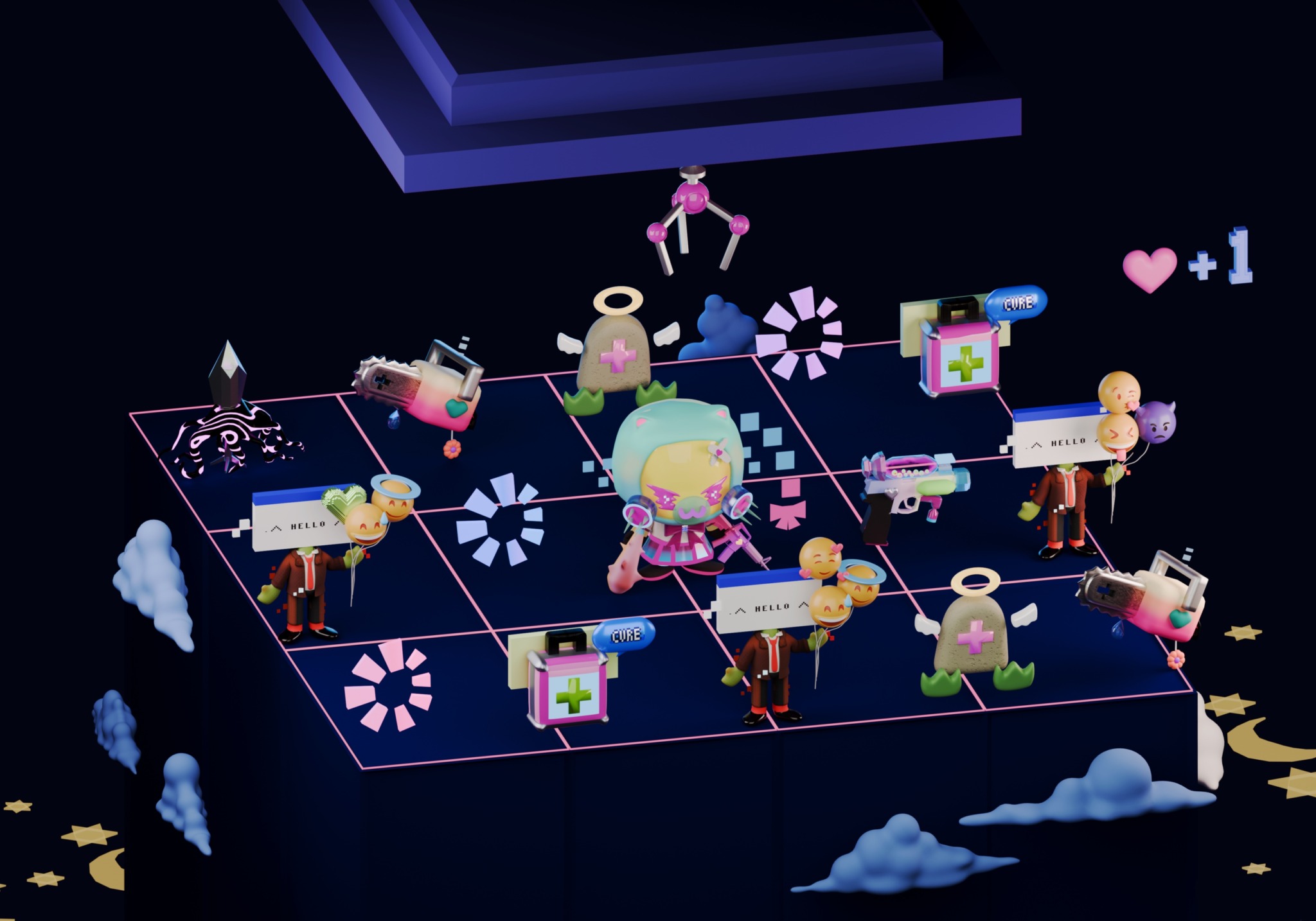We recently connected with Sage Deng and have shared our conversation below.
Sage, appreciate you joining us today. Can you recount a story of an unexpected problem you’ve faced along the way?
One of the most unexpected challenges in my creative journey came when AI technology suddenly accelerated, especially in the field of image and 3D generation.
For years, my work was rooted in aesthetics — an intuitive visual language shaped by personal taste, life experience, and the slow accumulation of artistic sensibility. During university, I discovered 3D art, which felt fresh, versatile, and modern. I believed it would remain a unique space that required both time and skill to master.
But AI proved me wrong faster than I expected. Today, a single prompt can generate an image in seconds — one that combines the color of Monet, the mood of Caravaggio, and the abstraction of Picasso. It can even convert 2D images into 3D models, bypassing the years of skill-building I once thought essential. As a 3D artist and illustrator, I felt an unexpected emptiness. If beauty and style could be mass-produced by anyone, almost instantly, what was left for me to offer?
For a time, I felt low. Aesthetics used to be something rare — accessible only to those with trained eyes or natural talent. Now it seemed like anyone could reach it at their fingertips. And while many artists dismiss AI art as “fake” or “soulless,” I couldn’t ignore how visually stunning some results were.
The turning point came this year, when I visited MIT and saw Karl Sims’s Flow — an interactive visual effects installation where a camera captured the viewer’s movement and transformed it into dynamic visual patterns in real time. In that moment, I realized what I was missing: the irreplaceable human consciousness behind the art, and the connection between the work and its audience.
This realization also connected to something I had felt before, when witnessing the social power of public and community art — the joy and shared emotion it can create. I think of moments like Cai Guoqiang’s fireworks blooming across the night sky, accompanied by long, echoing music and the collective gasp of the crowd. Those are experiences AI cannot replicate, because they live in human presence and shared memory.
Since then, I’ve been re-imagining my path. I want to merge 3D technology with interactive art, creating works where people are not just observers of beauty, but participants in it. This shift helped me overcome the sense of nihilism AI had brought, and reminded me that true uniqueness lies not only in the image itself, but in the experience it creates and the consciousness it carries.

Great, appreciate you sharing that with us. Before we ask you to share more of your insights, can you take a moment to introduce yourself and how you got to where you are today to our readers.
I’m an illustrator and 3D artist who loves mixing a sense of playfulness with thoughtful design. I started out with traditional illustration as a way to express feelings I couldn’t put into words, and later discovered 3D art in university, which opened up a whole new world of possibilities for me.
These days, I create 3D works and illustrations that feel whimsical, character-driven, and personal. Looking ahead, I want to explore interactive art — work that people don’t just look at, but can also step into and experience in their own way.
What makes me proud is hearing that my art makes people smile, sparks curiosity, or tells a story without saying a word. My goal is simple: to create visuals that feel alive and leave a lasting impression.

Is there mission driving your creative journey?
For me, art first began as a mirror of my identity — every piece was a reflection of who I was and how I wanted to be seen. Over time, it has become more like a lens, one that magnifies the way I feel and experience the world. Now, it’s less about declaring who I am, and more about capturing small moments of beauty and amplifying them so others can feel them too. My mission is simple: to leave more beauty in the world than I found.

Do you think there is something that non-creatives might struggle to understand about your journey as a creative? Maybe you can shed some light?
One thing non-creatives may not realize is how closely many artists tie their sense of self-worth to their work. When an artwork receives recognition — online or offline — it can feel like a validation of the artist as a person. For young artists, especially those making it a full-time career, this can create anxiety. Unlike many other professions where your skill is applied to a broader industry, our work and our identity often feel inseparable.
The real challenge is not letting the current “market value” of your art define your personal value entirely. I think of art as the greenery in modern life — it gives people space to breathe, to connect with beauty, to pause. But like any living thing, it needs balance; art can be a vital part of life, but it can’t be the only foundation an artist stands on.
Contact Info:
- Website: https://Sagedeng.work
- Instagram: https://www.instagram.com/sage_dengz?igsh=MXc2bmVkMGNkeXVndA%3D%3D&utm_source=qr



